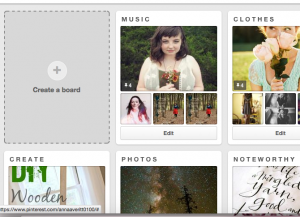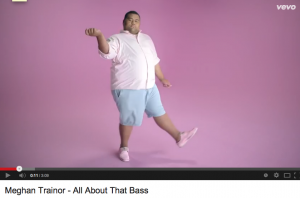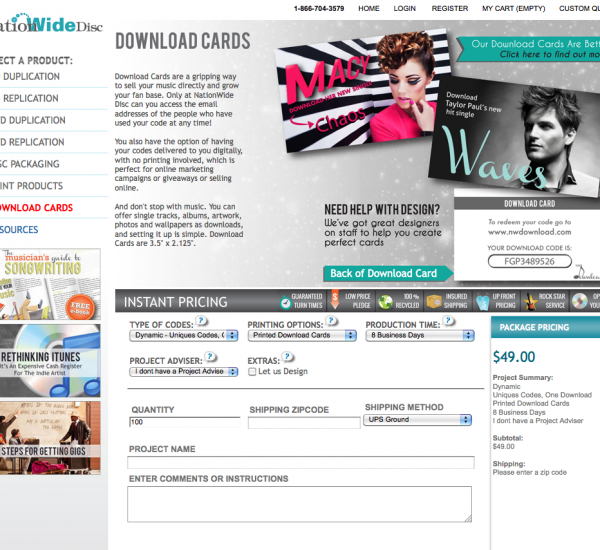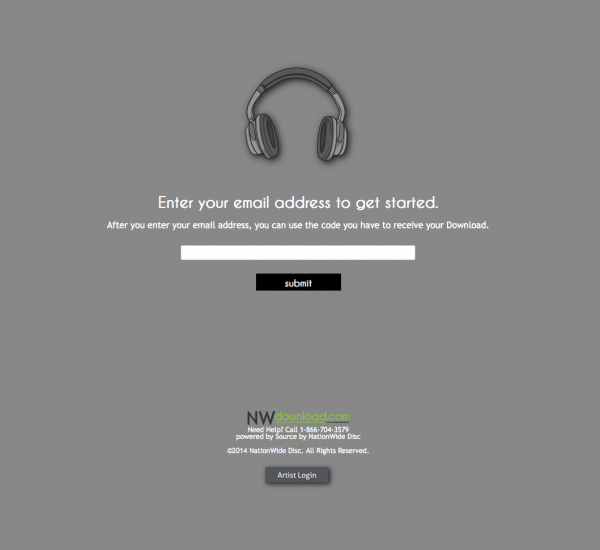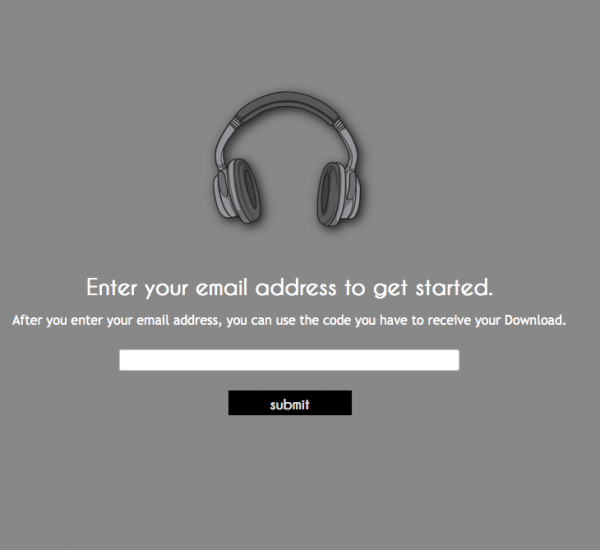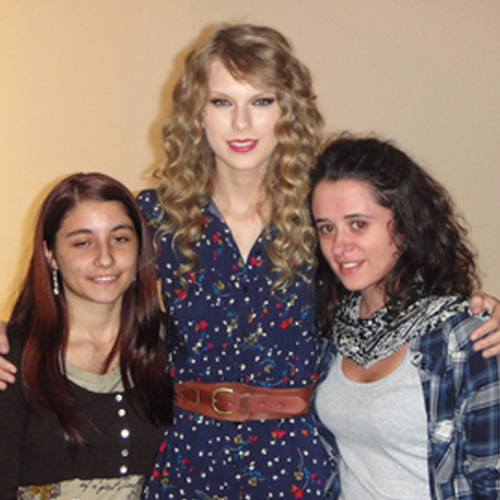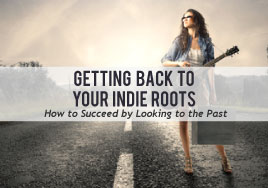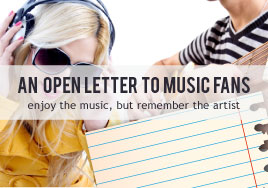Keep Your Audience Listening: How To Add Interest to Your Live Show
By Estimated reading time: 6 minutesLast week I told you about a show I went to. I liked the artist’s music, but found it difficult to focus on his performance. I went home and began to ask myself why I wasn’t engaged with this artist’s show.
I realized one of the main reasons I was having trouble paying attention was because his whole show looked exactly the same.
Most live shows have three key elements. The music, the script— the order you play the music in, and what you say between the music— and the visuals.
People come to see a show, not hear it.
Let me clarify: If your music is bad, it doesn’t matter how great your visuals are. Well rehearsed, well written music is absolutely essential. But your audience isn’t paying to hear an exact copy of your album. They bought a ticket because they want an experience. And the visual aspect of your show is crucial in keeping people engaged with what’s happening onstage, and giving a night they’ll remember.
The Essentials: Onstage Movement
Having a road map of changing visuals for each of your songs is a great idea. When you have a general idea of what everyone is doing for each song, you can make sure that you have lots of visual interest and diversity in your show. This will help keep your audience focused on you throughout your entire show.
During your rehearsals, try setting your self up as close as possible to how you will be set up for a gig. Then run through your set exactly like you would at a show. Play your music in the right order, and run through your transition exactly how you would if you were playing in front of an audience. As you’re rehearsing, find places you can add something visual to. Here are three starting points:
- Try to figure out where you can interact with other members of your band. If you’re the singer, turn around and jam with your drummer. Or if your guitarist should walk over to the bassist. If your guitarist has a solo, or is being featured for a section, have the lead singer look at him, or even walk over to him. This action helps the audience know where to look, and signals them that something new and exciting is happening.
- Visually highlight dynamic changes. Are you going from an upbeat and exciting part of your set to a quieter, more intimate section? Bring out a stool, have your drummer take a break, and show your audience visually that you’re about to take them to someplace completely new.
- Make eye contact. In any kind of ensemble, a little eye contact goes a long way. When your band is a tight knit unit, and looks like one, the audience can feel that camaraderie, and you can invite them to participate in it. When they feel connected to— like they are a part of something— that’s when you’ve gained a fan.
Riding Solo
Now, not all of these suggestions are going to work for everyone. What if you play by yourself, or with one other person?
If you are in a smaller ensemble, and chained to an instrument and your mic stand, don’t despair! There are things that you can do to add visual interest to your show.
The first thing to do is look at your facial expressions. You might want to try rehearsing into a mirror, or a webcam. If you make the same face the whole time, work on matching your facial expressions to your lyrics. Maybe all you need to do is practice smiling. Looking like you’re enjoying yourself onstage goes a long way in getting the audience to enjoy your performance.
If you play an instrument, learn to move with that instrument. Bend over your guitar a little. Nod your head in time with your keys.Engage with it! After all, it’s part of your band too.
Game Film
A great tool to help you plan these movements is to film your rehearsal. Perform just like you would in front of an audience, and then watch the footage. Take note of when two songs that are back to back look very similar. Try to pinpoint places that you can add contrast and focal points.
You can also imagine your show as a series of photographs. Where can you move that is going to create a great “picture” for your audience to remember?
The Extras
Your movement plays a huge part in making your live show interesting to watch. But you can also add some extras to enhance the way your show looks.
Lights are a great way to add visual contrast to your show. Though a light show is not a necessity, if you have the capabilities to add interest to your performance with a light show, use it! A full scale LED light show is awesome, but can get expensive. But lights don’t have to cost you a million dollars. In many smaller venues, a complete light show would distract from your performance instead of enhancing it. Some small light boxes with your band’s name on them are simple to make, or you could create a distinct mood onstage by adding a few antique lamps. A backdrop or banner behind you can also help identify you and grab the audience’s attention. Even simple solutions can add lots of visual interest to your stage. Lights and banners won’t be appropriate for every performance or venue, but done right, they can be a relatively inexpensive way for you to stand out from the crowd.
Stage Presence
Planning movement and adding in other visuals are important steps in creating an engaging live performance. But not every show can be perfectly planned. Sometimes movements that have been mapped out can’t happen because of space constraints. Your lights might malfunction, or your banner may fall.
Things will go wrong. But that doesn’t mean that your whole show has just lost its effectiveness. Learning to deal with the curve balls that get thrown while your onstage is an important skill to develop.
Sometimes, the plan changing might not be a mistake. Maybe you aren’t getting the reaction you want from the crowd, so you decide to change things up a little. As a performer, you have to learn to grab the audience’s attention, and keep it. This looks different for every performer, and there’s something intangible about it. When a musician can do this, we say they have a great stage presence.
Want to know a secret?
Stage presence isn’t a mystical quality bestowed on a lucky few by a magician with a magic music wand.
Stage presence is 40% confidence, and 60% experience. And that 40% confidence? It comes from experience. It comes from hours of hard work in rehearsal, and from knowing your music backwards and forwards. It comes from successful attempts, and failed attempts. It comes from being comfortable onstage.
Want to know another secret?
The best way to feel comfortable onstage is to get onstage. Over and over and over again.
The best way to master any skill it is to practice it. Performing live is no different. So get out there and perform! Give your heart, soul, and time to the music you create, and the audience will recognize it.
Have any other tips for performing live? Let us know in the comments below!
Leave a comment
...Keep Reading





